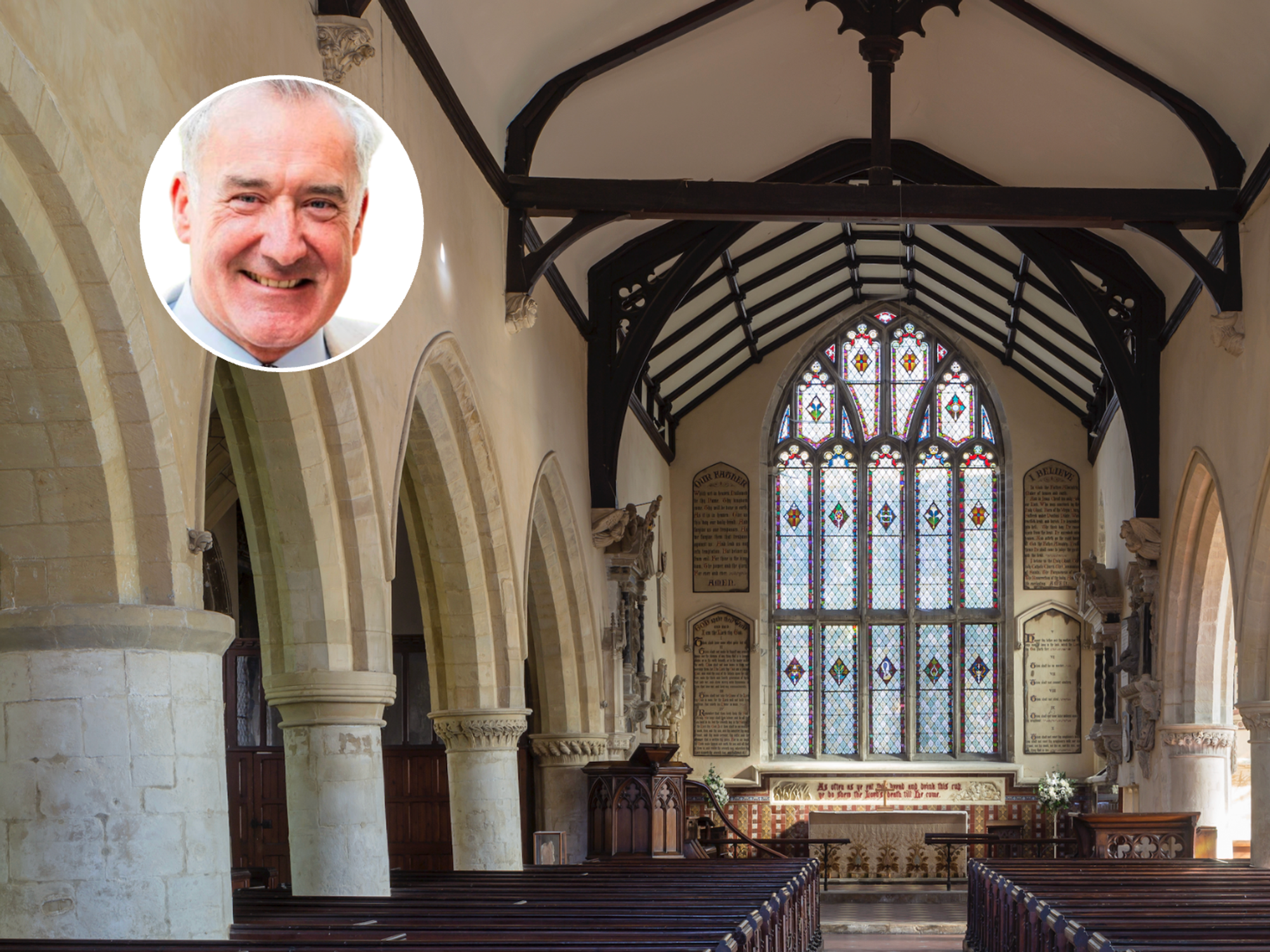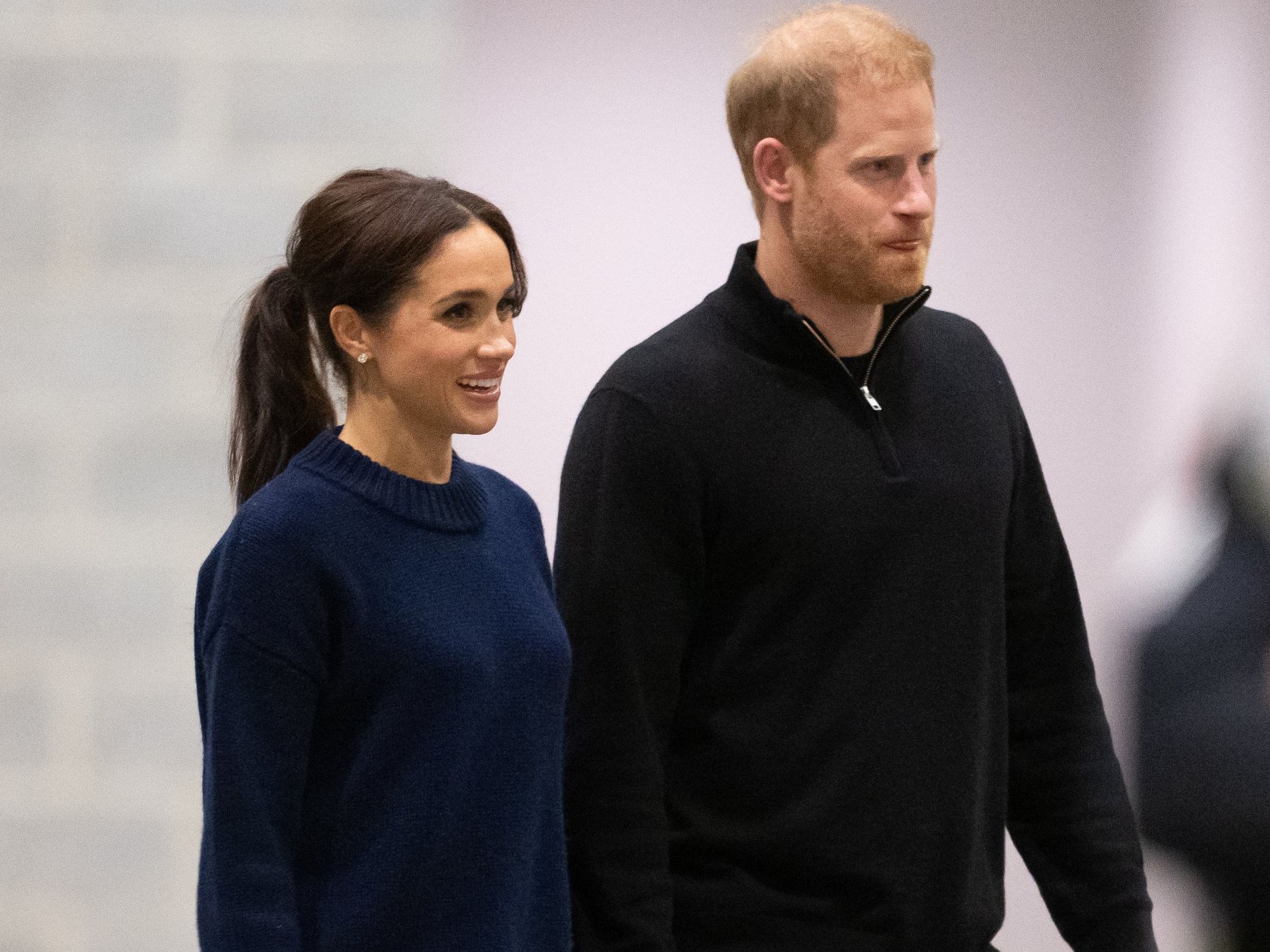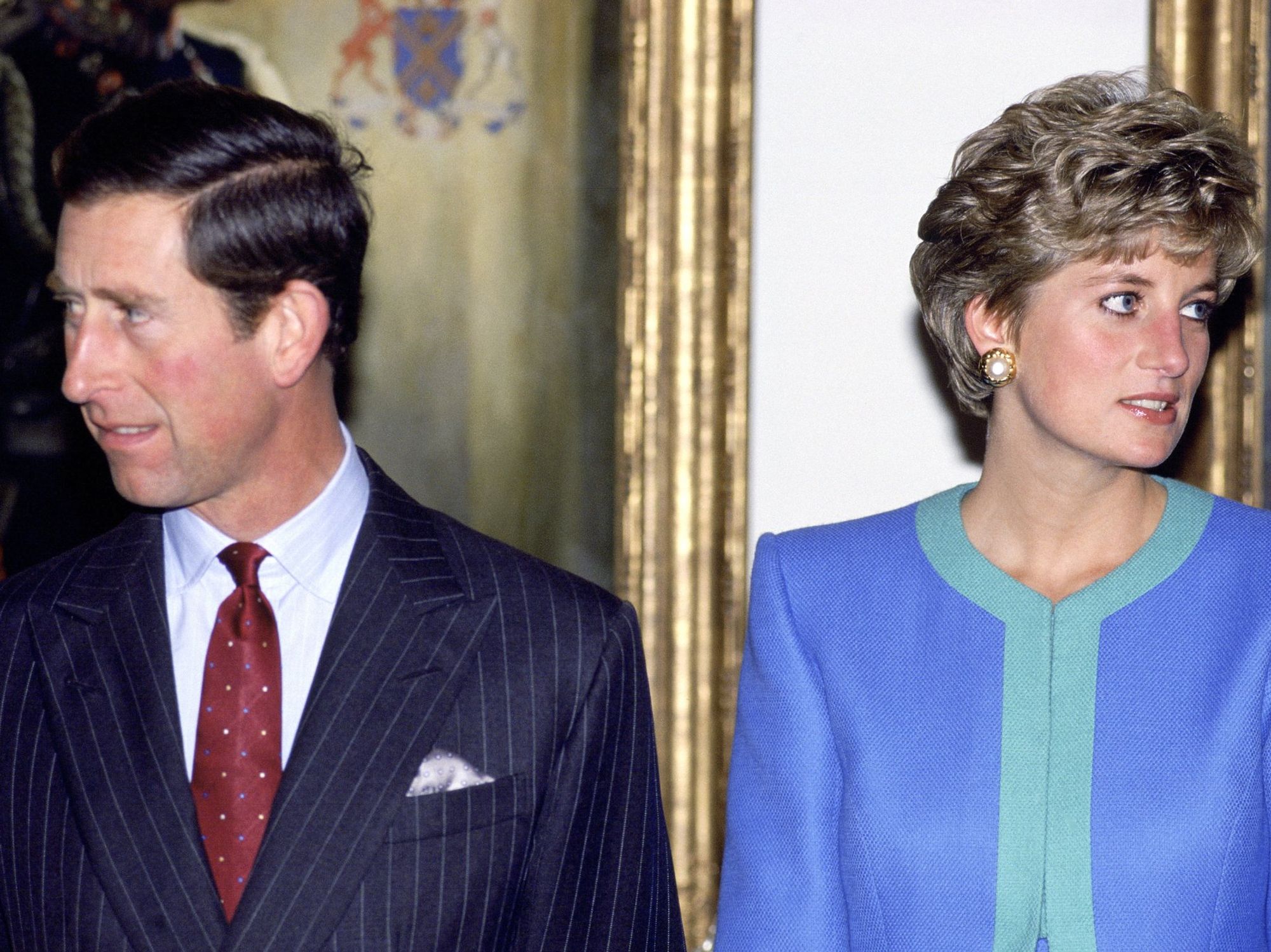Underdog: The Other Other Bronte offers a unique insight into three great literary women: Theatre review
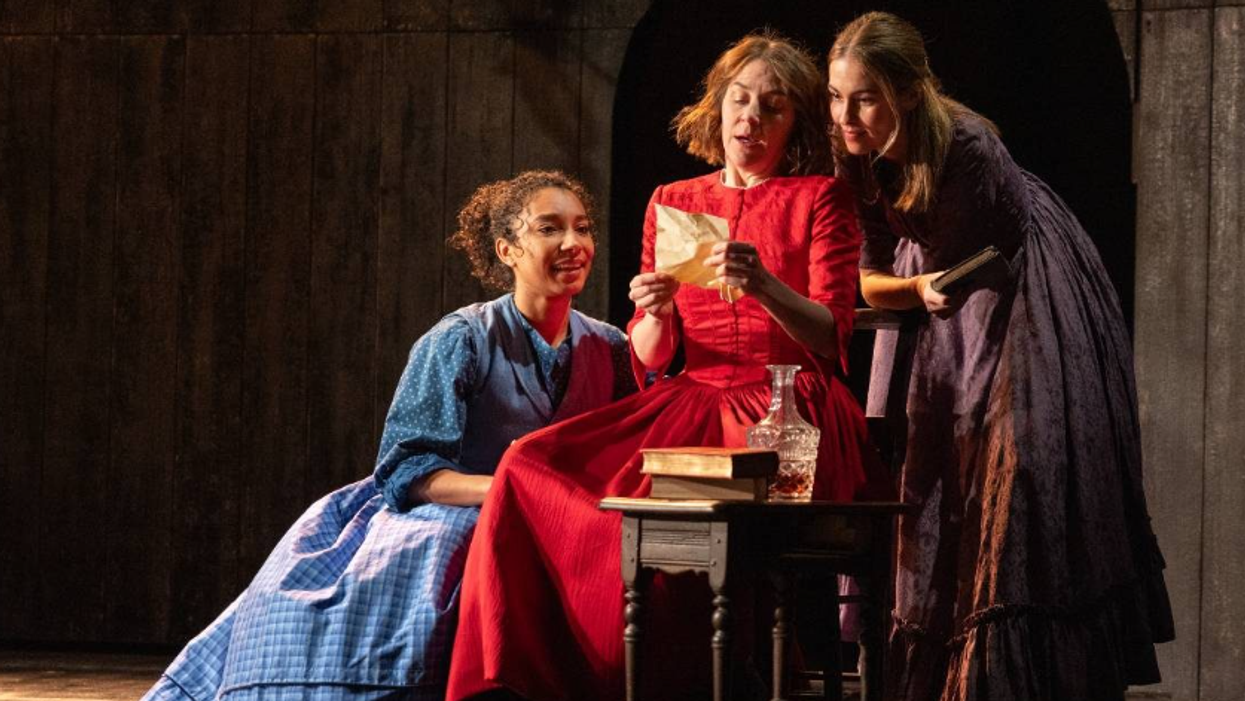
Adele James, Gemma Whelan, and Rhiannon Clements lead the cast of Underdog: The Other Other Bronte
|ISHA SHAH
Underdog: The Other Other Bronte plays at the National Theatre until May 25
Don't Miss
Most Read
Latest
It was Emily, out of all the Bronte sisters, who seemed the most preoccupied with the Yorkshire moors that she was surrounded by.
"All down the mountain sides, wild forest lending / One mighty voice to the life-giving wind," she reflects, in her stunning poem High Waving Heather.
The unrelenting wildness of the space also informs her novel Wuthering Heights, where she taps into the supernatural, otherworldly possibilities that the expanse offers.
It’s no wonder, then, that walking into the auditorium for Sarah Gordon’s new play Underdog: The Other Other Bronte at the National Theatre, we are met with a rugged moor on stage, with spurts of pink and purple moss.
At one point in Gordon’s drama, Charlotte Bronte reflects on the perceived witchy nature of her and her sisters’ work; female collaboration has, at various points in history, been seen as a dangerous thing with wicked possibilities.
Considering the Brontes’ firm place in the literary canon, and Sarah Gordon’s work alongside Natalie Ibu with this play, that assumption is proven true.
Gordon’s work certainly takes time to acclimatise to - it is a bolshy, sweary love letter to the power of female authorship which worked well as a complete package, despite certain moments feeling slightly overworked and clunky.
The fate of the Brontes has long been documented. Initially finding literary fame under the pseudonyms of three men - Acton, Currer, and Ellis Bell - their novels have had huge success ever since the 19th century.
Underdog follows the sisters’ struggle to publish their works, the - at times toxic - rivalry between them, and the heartbreaking deaths of Emily and Anne which cut short their flourishing literary careers.
The boldness and bravery of the Brontes’ endeavour - often tackling taboo subjects of domestic violence, female independence, and financial inequality in an age of rapid industrial expansion - is entirely reflected in Grace Smart’s beautiful costuming.
Charlotte (Gemma Whelan) wears a bright cherry-red gown, with Emily (Adele James) in blue and Anne (Rhiannon Clements) in purple.
Gordon’s biting script for Charlotte is excellently handled by the inimitable Gemma Whelan. It is cheeky and witty and moves at a great pace.
Gordon’s script truly sings, though, when she weaves the Brontes’ own words alongside her own. Anne’s death scene is expertly intertwined with Caroline’s near-death in Charlotte’s third novel Shirley, creating a stunning mix of the real and the fictional; when reflecting on Charlotte’s own futility, Whelan beautifully delivered Emily’s poem, High Waving Heather.
More of these kinds of moments would have certainly tipped the play over into legendary status.
A note once more on Grace Smart’s set design. In contrast to the natural landscape of the moor is a black, worn, scuffed backdrop which serves as a reminder of the contextual industrial setting the Brontes were writing in. Where the staging really came into its own was in the scene where Charlotte and Anne were exchanging letters.
The spinning pathway effectively illustrated the literal back-and-forth of correspondence as well as the ever-changing emotional and physical proximity between the sisters.
Amongst the frothy, blustering, silliness of scenes like a literary salon serenaded by Dua Lipa’s hit One Kiss, and an appearance from Charlotte’s biographer Elizabeth Gaskell, there are some stunning pockets of literary debate and emotion that emphasised the Brontes' true legacy.
Fighting it out over their two ‘governess’ novels (Jane Eyre and Agnes Grey), Charlotte and Anne pick over the virtues of the gothic novel versus literary realism. There is also a fascinating insight into the constant struggle between pseudonym and character, and how the sisters negotiated the male identities effectively imposed on them and maintained their own femininity.
There’s a lot of (at times unnecessary) swearing in Underdog. There’s also a lot of frivolity (a farcical carriage ride to London, say, or Anne’s persistent questioning of Charlotte) which could perhaps be trimmed. But alongside this, there are some excellent observations on a family who created such incredible cultural heritage from a small vicarage in Haworth.
LATEST DEVELOPMENTS:
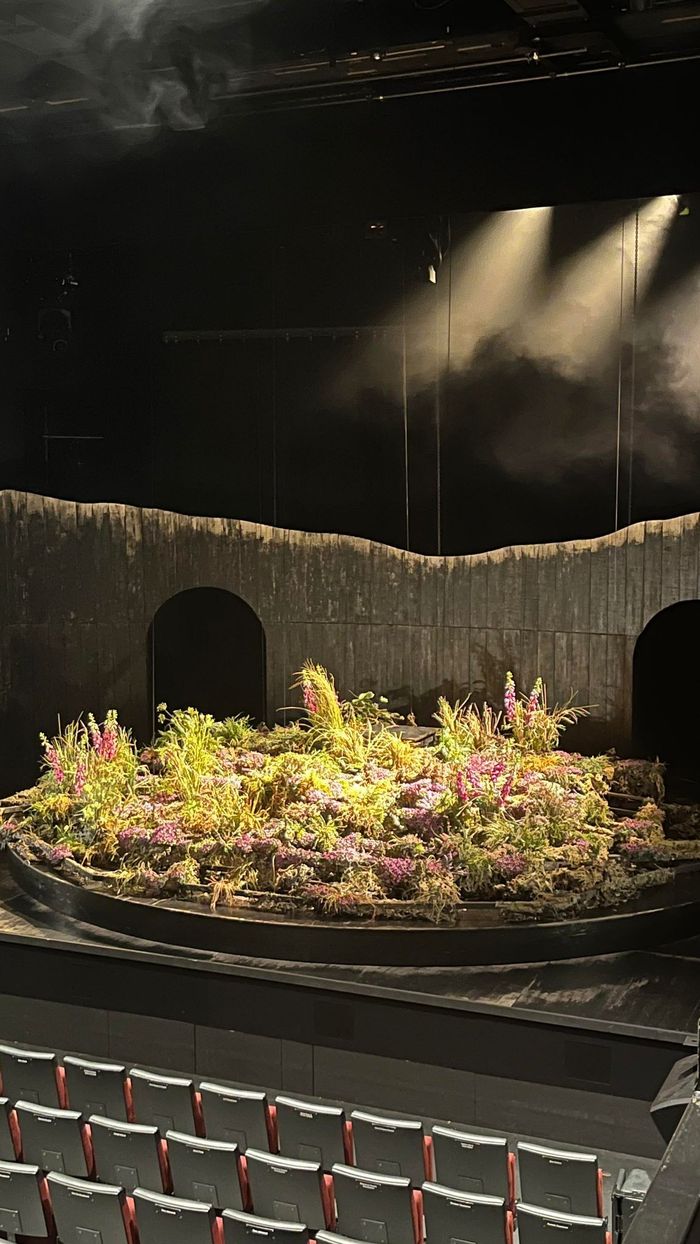
The Other Other Bronte stage inside the theatre
|KATIE BOWEN
In one of her breaking-the-fourth-wall moments, Charlotte quips about the ‘irony’ of Branwell’s - the fourth sibling who was a gifted painter, but very sadly suffered from alcoholism and died in 1848 - wish to appear in the National Portrait Gallery.
The truth is that a stunning portrait of the three Bronte sisters, painted by Branwell, indeed now sits in the NPG.
The irony comes as Branwell initially painted himself into the portrait, although, in a typical artist’s revision, blended himself out. Scans and restoration have revealed his figure in the painting, eerily hovering behind Anne, Emily, and Charlotte.
Above all, Gordon’s play shines light on the persistent, brutal competition manufactured between women, and the constant comparison that breeds jealousy and ill-feeling.
If at times a little over the top in its execution of this tale, Underdog is ultimately a reminder of the potential that lies in female collaboration, and the beauty that can be crafted when sisterhood is celebrated. Underdog: The Other Other Bronte plays at the National Theatre until May 25, and at Northern Stage from June 7-22. Buy tickets here: https://www.nationaltheatre.org.uk/productions/und...







